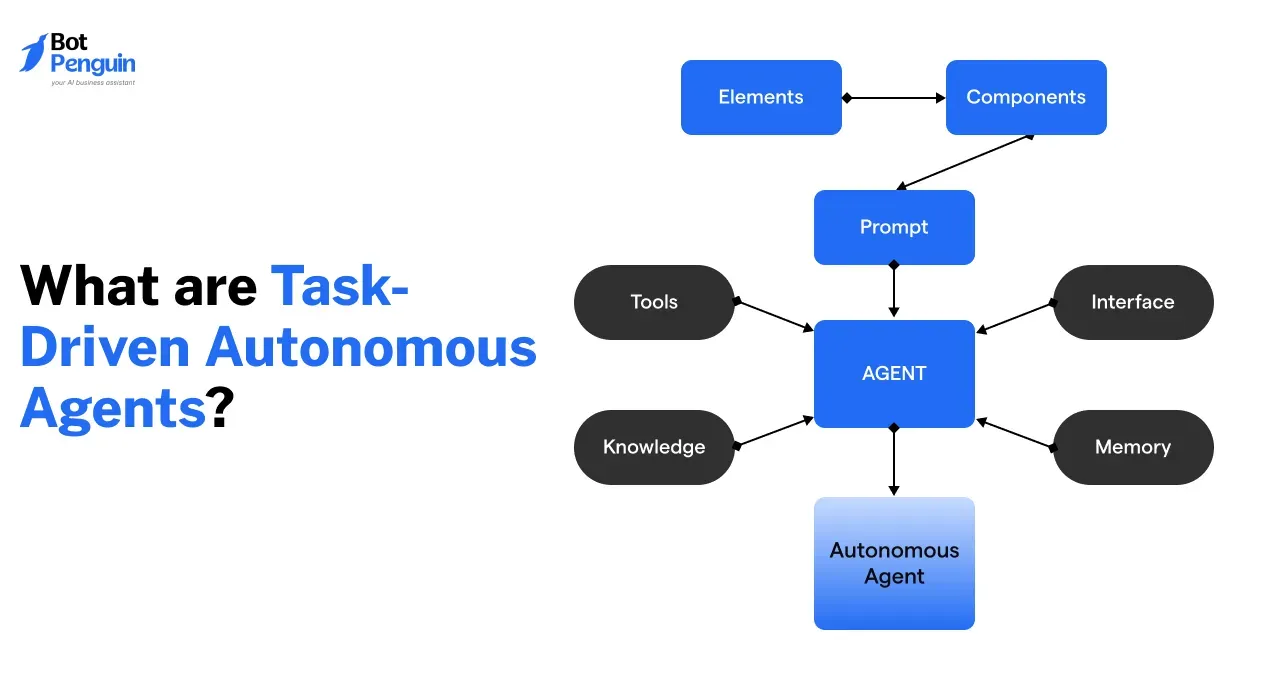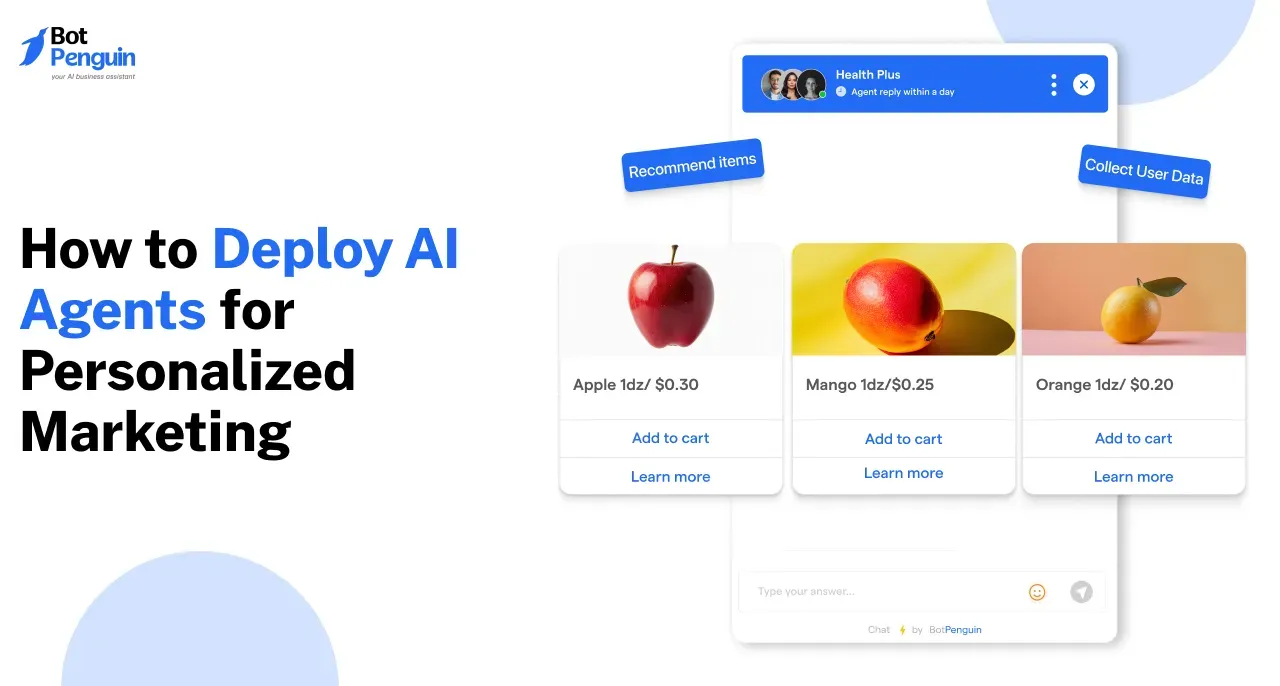Introduction
Online shopping is undergoing a major evolution driven by artificial intelligence. According to Insider Intelligence, over 25% of US households are expected to use a voice assistant for shopping tasks by 2024.
Retailers are increasingly integrating virtual shopping assistants. It ranges from chatbots to voice-enabled shop bots for offering personalized and seamless experiences.
A Walker Sands survey found that 85% of customers expect to interact with a business via chatbot or voice assistant by 2022. Top virtual shopping assistant capabilities include conversational commerce, customized product recommendations, simplified checkout, order tracking, and return processing.
Per a Salesforce report, 71% of shoppers want assistants to provide real-time, dynamic offers and promotions. Leading retailers like Walmart, IKEA, and Sephora are already leveraging AI to enable customers to discover, purchase, and get support through natural conversations.
With virtual shopping assistants, e-commerce is poised to mirror brick-and-mortar retail through highly intuitive, engaging experiences. So continue reading this beginner’s guide to virtual shopping assistants.
What are Virtual Shopping Assistants?
Virtual shopping assistants are intelligent tools designed to help you navigate the world of online shopping. These assistants come in various forms, such as chatbots, widgets, pop-ups, mobile apps, and browser plugins. Their main purpose is to assist you in finding the products you need, answering your questions, and providing personalized recommendations.
Shopping bots utilize artificial intelligence (AI) to enhance your experience. They can handle tasks ranging from providing basic product information to adding items to your shopping cart and even placing orders on your behalf. These assistants are constantly evolving, utilizing machine learning algorithms to better understand your preferences and cater to your unique needs.
The Benefits of Virtual Shopping Assistants
Here are some key benefits that virtual shopping assistants offer to both retailers and customers:
Streamlined Browsing and Navigation
Say goodbye to tedious scrolling and endless searching. With their real-time support and interactive nature, you can quickly find the products you're interested in. It will save you time and effort.
Decreased Cart Abandonment Rates
One of the biggest challenges faced by online businesses is high cart abandonment rates. Thankfully, AI-powered shopping assistants can help combat this issue.
Virtual shopping assistants significantly reduce the chances of customers abandoning their carts. It provides instant answers to customer queries, offers personalized discounts, and guides users through the checkout process.
Targeted Product Recommendations and Cross-Selling Opportunities
Imagine having personalized product recommendations tailored to your preferences and shopping history. This not only enhances your shopping experience but also increases the likelihood of making additional purchases through cross-selling strategies.
Cost-Effective Customer Support and Marketing
Virtual shopping assistants are a cost-effective solution for businesses, as they can handle common customer queries and provide support 24/7. By automating these tasks, businesses can reduce the need for extensive customer support staff and allocate resources more efficiently.
Implementing a Virtual Shopping Assistant on Your Website
Now that you understand the benefits of virtual shopping assistants, it's time to explore how you can implement one on your website. The process is simpler than you might think.
Step 1
Choose a Virtual Shopping Assistant Provider
Start by selecting a reliable virtual shopping assistant provider, such as BotPenguin. With BotPenguin's user-friendly platform, you can create and customize your chatbot in no time.
Step 2
Customize the Appearance of Your Assistant
Personalize your virtual assistant's appearance by selecting the chatbot's name, avatar, and messaging style. Customize these elements to align with your brand and create a seamless user experience.
Step 3
Integrate the Assistant on Your Website
BotPenguin offers easy integration options, whether through an auto-generated integration code or a plugin. Simply follow the step-by-step instructions to ensure a smooth integration process.
Step 4
Configure Tasks and Behaviors
Take advantage of the chatbot's capabilities by configuring its tasks and behaviors. Test different assistants and activate the ones that best suit your needs.
Step 5
Monitor and Optimize
Track the performance of your virtual shopping assistant through metrics such as response rates and engagement levels. This data allows you to make informed decisions and optimize the assistant's performance for maximum effectiveness.
Real Examples of Virtual Shopping Assistants
Let's explore some real-world examples of virtual shopping assistants in action.
BotPenguin: Elevate Your Shopping Experience
BotPenguin is a leading virtual shopping assistant provider, offering customizable chatbot solutions for businesses of all sizes. Whether you need assistance with product recommendations, answering customer queries, or recovering abandoned carts, BotPenguin has got you covered.
BotPenguin offers customized solutions based on each company's unique needs and integrates seamlessly with existing platforms.
Amazon's Alexa
Amazon's Alexa is another powerful virtual shopping assistant. Alexa can add items to your Amazon cart, track orders, find product information, play music, and manage smart home devices.
Users can speak naturally to Alexa to shop for millions of Amazon products. The assistant learns and tailors recommendations over time for each customer. Alexa makes shopping with Amazon frictionless and hands-free.
Sephora
Sephora's chatbot helps customers easily shop for cosmetics online. It uses AI to provide personalized skincare and makeup recommendations after asking the customer questions about their preferences. It simplifies finding the right products for each shopper's needs. Customers can also use the chatbot to get advice on product usage and application tips.
How to Create a Virtual Shopping Assistant with BotPenguin
With the rapid growth of e-commerce, integrating a virtual shopping assistant into your online store is becoming essential for providing excellent customer experiences. BotPenguin offers an AI-powered conversational platform that enables you to easily build and deploy smart shopping bots.
Step 1
Choose the Website Chatbot
First, select BotPenguin's website chatbot as your platform for building the virtual assistant. This allows you to seamlessly integrate it into your e-commerce site experience.
Step 2
Customize the Chatbot Persona
Customizing the persona of your shopping assistant is crucial for creating appealing, brand-aligned interactions. Give your bot a unique name and avatar that matches your brand image.
For example, an outdoorsy brand can have an adventurous explorer bot. Configure the chatbot's tone of voice as well to sound natural.
Step 3
Map Out Conversations
BotPenguin provides an intuitive flow chart builder to map out engaging dialogue flows for different customer needs. Create paths for frequently asked product questions, sizing/fit recommendations, checkout assistance, order status, returns, and other shopping-related scenarios. Writing natural dialogues from a customer perspective is key.
Step 4
Integrate with Your E-commerce Platform
Integrating your virtual assistant with your e-commerce platform unlocks more robust shopping functionalities. BotPenguin seamlessly integrates with popular platforms like Shopify, BigCommerce, WooCommerce, and more. Enable features like checking personalized offers, product search, cart updates, and simplified voice purchasing.
Step 5
Upload Products & Content
Ensure your virtual shopping assistant has access to your product catalog and content library to reference when engaging customers. The bot can then provide tailored product suggestions, share relevant blogs/videos, send specific product details, and enrich conversations.
Step 6
Implement Smart Recommendations
Leverage machine learning capabilities to implement intelligent product recommendations based on individual customer behavior and preferences. The more customers engage with your bot, the better it gets at personalized recommendations driving higher order values.
Step 7
Test Conversation Flows
Thoroughly test your bot with different scenarios to identify any gaps in conversation flows or content. Refine scripts and dialogue based on learnings before public launch. Pay attention to how accurately the bot understands questions and provides relevant responses.
Step 8
Deploy on Website & Mobile App
After ensuring seamless conversations, deploy your virtual shopping assistant on communication channels like your website, mobile app, and social media platforms. BotPenguin enables easy integration through plugins, API integration, web widgets, and more.
Step 9
Analyze Performance
Closely monitor key metrics like conversation retention, sales assisted by bot, and user satisfaction to optimize the virtual assistant. Identify any conversational gaps causing user drop-offs. Continuously improve dialogues and product recommendations.
With BotPenguin's powerful platform, brands can deliver exceptional 24/7 shopping experiences through AI-driven assistants. Follow these steps diligently to maximize customer engagement and sales.
Conclusion
Virtual shopping assistants have become an integral part of the online shopping experience in recent years. These AI-powered chatbots help consumers find products, get recommendations, and complete purchases more easily.
Companies like BotPenguin have been pioneers in developing sophisticated virtual shopping assistants that can understand natural language, answer questions, and even make personalized recommendations.
BotPenguin's shopping assistant demonstrates the powerful capabilities of this technology. It can have natural conversations with shoppers to help them find exactly what they need. It can suggest products based on the shopper's preferences and previous purchases.
BotPenguin's virtual shopping assistants can also handle checkout and payments through integrated systems. This level of convenience and personalization is what makes virtual shopping assistants so useful.
Overall, virtual shopping assistants are transforming online shopping. No longer do consumers have to struggle to find products or navigate complex checkout processes.
From customized shopping bots like BotPenguin to voice assistants like Alexa, virtual shopping assistants are making the online retail experience more seamless. Consumers can now easily browse, find products, get recommendations, and checkout through conversational AI.
As the technology continues advancing, virtual shopping assistants will become even more integrated into our shopping journeys.
Frequently Asked Questions (FAQs)
Here are 5 frequently asked questions with answers on virtual shopping assistants:
What are some examples of virtual shopping assistants?
Popular virtual assistants for shopping include chatbots on websites, voice-enabled assistants like Amazon's Alexa and Google Assistant, and avatar-based shop bots like IKEA's Anna.
How do virtual assistants enhance the shopping experience?
They provide 24/7 self-service, make personalized recommendations, simplify purchases through conversational commerce, offer support for orders/returns, and overall create more engaging, convenient experiences.
What benefits do virtual shopping assistants offer retailers?
Key benefits include increased sales and order values, lower operational costs, valuable shopper data/insights, and the ability to scale personalized services cost-effectively.
How are shoppers responding to virtual assistants so far?
Surveys show high openness, with 85% of customers expected to use a retail chatbot or voice assistant by 2022. Adoption is rising as experiences improve.
What does the future look like for virtual shopping assistants?
With advances in AI and NLP, assistants will become even more conversational, intuitive, and ubiquitous. As they integrate across platforms like mobile apps, smart home devices, and stores, virtual assistants could revolutionize shopping.



